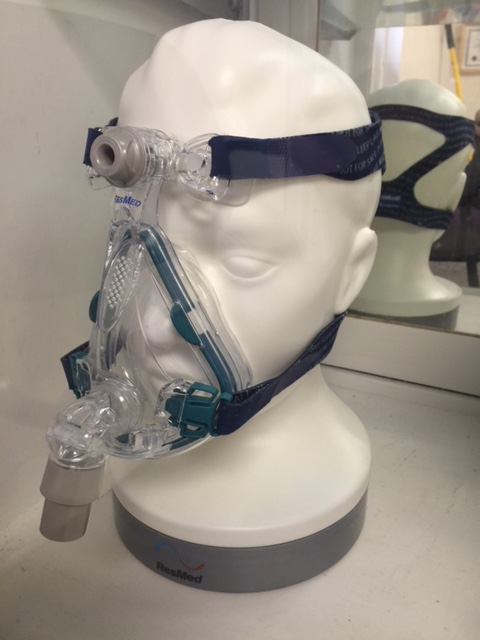For PAP Supply Orders & Inquiries please call our dedication Supply Line
@ (855) 324-7273
Here is a tutorial on the use of our most popular CPAP machine. Use this video for:
1.) Learning how PAP therapy works
2.) Learning about how to use your CPAP Machine
3.) A refresher for using your CPAP Machine, after you’ve been given face to face instruction from a Fairmeadows Respiratory Therapist
| Treating sleep apnea with cpap is the most common way of managing sleep apnea patients. |
| Some patients with obstructive sleep apnea can realize better sleep health with surgical intervention to correct anatomical causes of airway obstruction. Examples include uvuloplasty and surgically bringing the jaw (mandible) forward to create more room for air exchange at night when sleeping. |
| Many people suffer from obstructive sleep apnea, which is a sleep disorder that affects how a person breathes while they are asleep. It is characterized by pauses in their breathing, which last for more than ten seconds and continues many times throughout their sleep. Most people are not even aware that they have this condition, and it is only after being told by someone who has witnessed their sleep that they discover they have a problem. There are many options for people who suffer, including one which is called CPAP treatment for sleep apnea. |
| CPAP stands for continuous positive airway pressure. It is at this time the most effective method for treating obstructive sleep apnea, often providing relief for people who are suffering. A CPAP machine can be used by the patient in their home at night when they are asleep, through the use of a mask connected to a hose blowing air covering their nose. Although it sounds unpleasant, it really is not as bad as it sounds or appears. |
| The CPAP treatment will blow air into the patient’s nose to keep the airway from collapsing while they are sleeping. The pressurized air acts as a splint keeping the throat open. The amount of pressure needed will be determined on a patient-to-patient basis by the physician treating. The pressure of the air allows for unobstructed breathing, and will also help to stop the snoring problem that is almost always present in those with sleep apnea. |
| Some patients report seeing a difference in their sleep after just one night of using the CPAP machine, while others take longer to adjust to the use of the machine. Some people may even take a few weeks to be able to adjust to sleeping with the mask and machine, but most notice that sleep has improved. The person’s partner often notices better sleep as well due to not having to listen to the loud snoring that may have been present previously. |
| Since the air pressure needed by some patients may be vigorous, there are some who cannot tolerate use of the machine. In cases where the patient cannot adapt to use of the machine, or the treatment is too aggressive, other options may need to be considered, such as surgery. |
| For those patients who are dealing with this condition, the CPAP treatment for sleep apnea is the best possible option for relief. They will be able to sleep through the night without fear of episodes of not breathing, and will feel better rested during the day. The result will be an overall feeling of being more alert and awake, giving them the chance to feel better than they have for years. |
| RESOURCES |
| MayoClinic: Sleep Apnea |
| National Sleep Foundation: CPAP: Treating Sleep Apnea |
| University of Maryland Medical Center: Obstructive Sleep apnea |
| American Academy of Sleep medicine: CPAP Therapy Reduces Fatigue, Increases ENergy in Patients with Sleep Apnea, Study Suggests |
| National Heart, Lung and Blood Institute: How is Sleep Apnea Treated |
| National Heart Lung and Blood Institute: What is Sleep Apnea |
| American Thoracic Society:Long-term Use of CPAP Therapy for Sleep Apnea/Hypopnea Syndrome |


